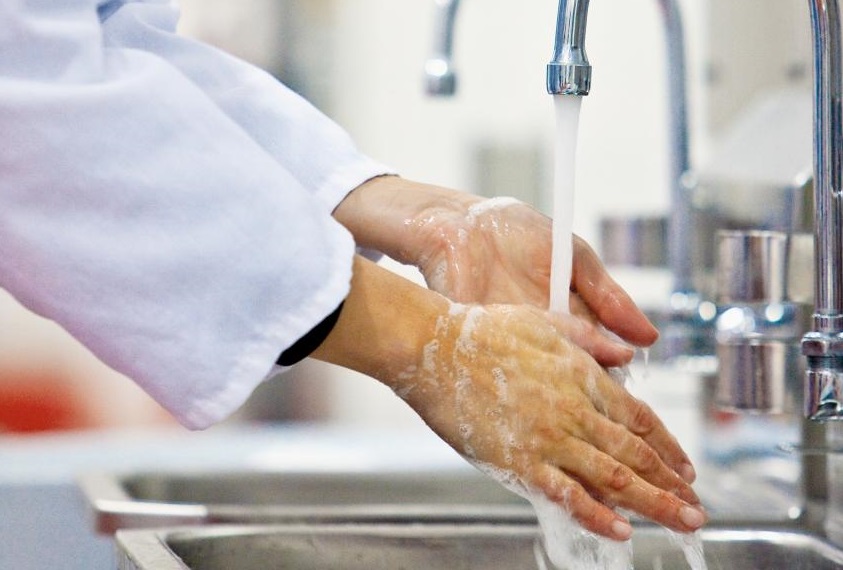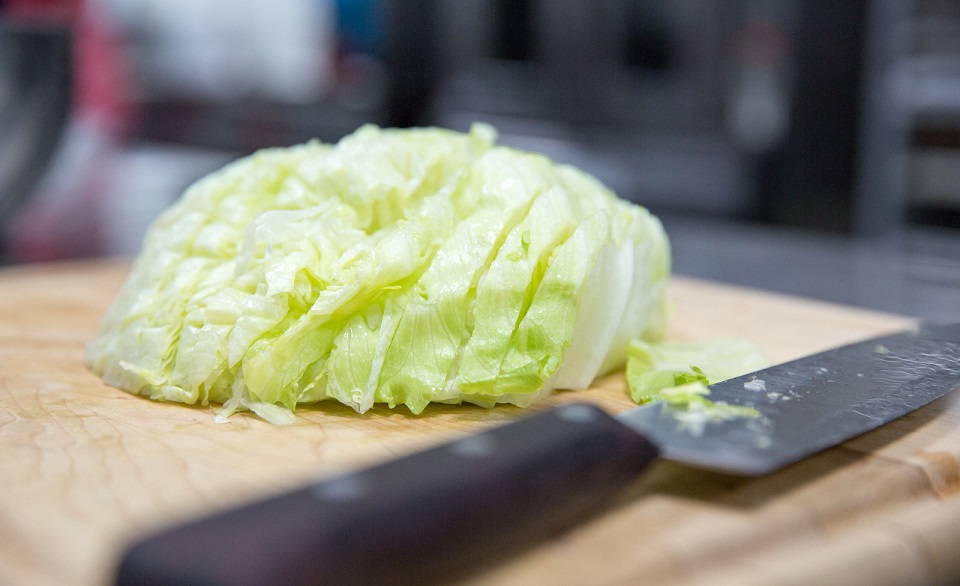Safe Handling of Leftovers in Foodservice Operations
In any foodservice operation, leftovers are inevitable. After managing a family-style restaurant, where all-you-can eat sides were offered to almost every table, and having banquet space in-house, I became well versed in how to handle leftovers. It does not matter if it is uneaten portions from a buffet, prepped ingredients, or food returned from a catered event, proper handling of leftovers is critical to prevent foodborne illness and making sure you abide by the food safety requirements outlined in the food code.
Mishandled leftovers can quickly become a breeding ground for bacteria, leading to serious health risks. While experts are unable to pinpoint the exact number of foodborne illnesses attributed to leftover food specifically, it is thought to be relatively high due to the complex nature of how the food is handled. Here are some pointers on how to handle leftover food in your operation.
…mishandled leftovers can quickly become a breeding ground for bacteria, leading to serious health risks…
To Re-Serve or Not?
The first question to ask is if leftover food can be used again. While it is obvious to most, plate waste and food placed on the table that is not pre-packaged should never be served again. For example, dinner rolls served in a common breadbasket should be tossed. But those oyster crackers that are pre-packaged and unused can technically be reserved if the original package is intact. The safest practice is not to re-serve any food that has been exposed to customers, except for sealed, protected items, or properly stored prepped food that has never left a controlled environment.
Cool Quickly
One of the biggest risks with any food that has been leftover, or really any food that is cooked, cooled, and then reheated for later service is when food stays in the temperature danger zone for too long. To minimize this risk, leftovers must be cooled rapidly. Large portions should be divided into shallow containers to allow faster heat loss. Use ice baths, blast chillers, or refrigeration to bring the temperature down below 41°F or below within two hours of cooking.
Store Properly
Storing food property is key to preserving quality and safety. Leftovers should be stored in clean, food-grade containers with tight-fitting lids. Label each container with the date and time the food was cooked and stored. First in, first out principles should always be applied. Be mindful of how you store food in your reach-in or walk-in coolers, making certain you store raw and cooked foods separately to prevent cross-contamination. Avoid overpacking refrigerators or freezers, which impedes air circulation and can prevent food from cooling properly.
Reheat Safely
When it’s time to serve leftovers, they must be reheated to an internal temperature of 165°F for at least 15 seconds. Use food thermometers to ensure accuracy, especially with thick items or mixed dishes. Reheat only the portion that will be used immediately; repeated reheating increases the risk of bacterial growth and diminishes food quality. Do not reheat food in steam tables or slow cookers, which are not designed to heat large quantities of food quickly.
Train Staff and Enforce Protocols
As we have discussed in this blog countless times before, food safety starts with well-trained and knowledgeable staff. Ensure all employees understand proper cooling, storage, reheating, and labeling procedures. Regularly audit practices, provide refresher training, and encourage a culture of food safety accountability.
By being selective of the food we keep and re-serve, cooling food that we do keep quickly, reheating properly, and training staff, your operation can reduce waste while maintaining the highest food safety standards. Remember: when it comes to leftovers, safety always comes first.
Don’t forget to check out our most recent SafeBites Webinar, “Leveraging Technology for Better Food Safety Compliance and Monitoring!” If you have any topics you’d like to have addressed in 2026, please reach out and let me know. Risk Nothing.
READ MORE POSTS
The Cold Chain in the Hot Summer Months
Keeping foods at proper cold holding temperatures (between 28°F and 41°F maximum or 0°F for frozen food) from the food manufacturers to your customers has to be one of our strongest links to safe food. Sometimes that is referred to in the food industry as “maintaining the COLD CHAIN”. Any slip ups in the cold chain, and we have a weak link. If you accept the food, you have greatly increased your foodborne illness risk and compromised your food quality.
Routes of Foodborne Illness & Germs
From your sniffling coworker to the raw chicken on your kitchen cutting board, everyday life is full of potential infectious hazards. With germs so common and seemingly everywhere, knowing how germs spread is vital to preventing infection and foodborne illness. There are seven possible ways for the transmission of bacteria and viruses to take place. Although some of these microorganisms in our environment are good for us and protect us, disease causing pathogens are the germs or bad guys.
Handling Leafy Green Salad
We have had several produce outbreaks of foodborne disease from our lettuce, spinach, and other greens in the last several years that have been devastating to the produce growers and distributors, retail grocery stores, restaurants, and consumers.










